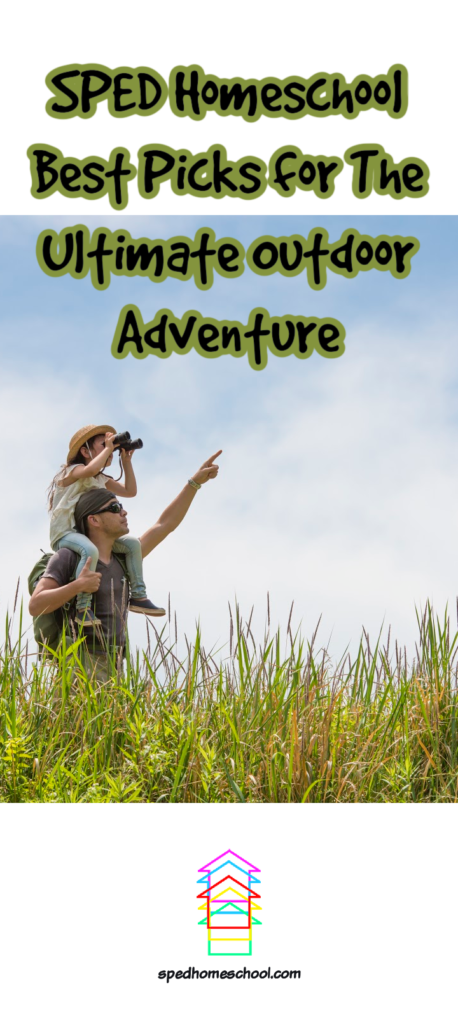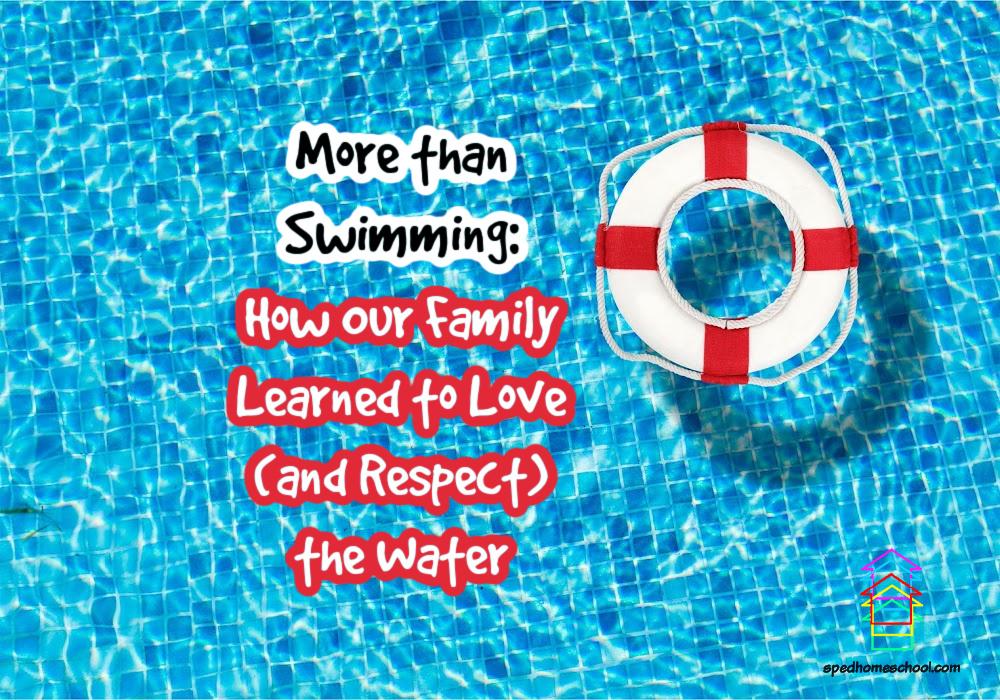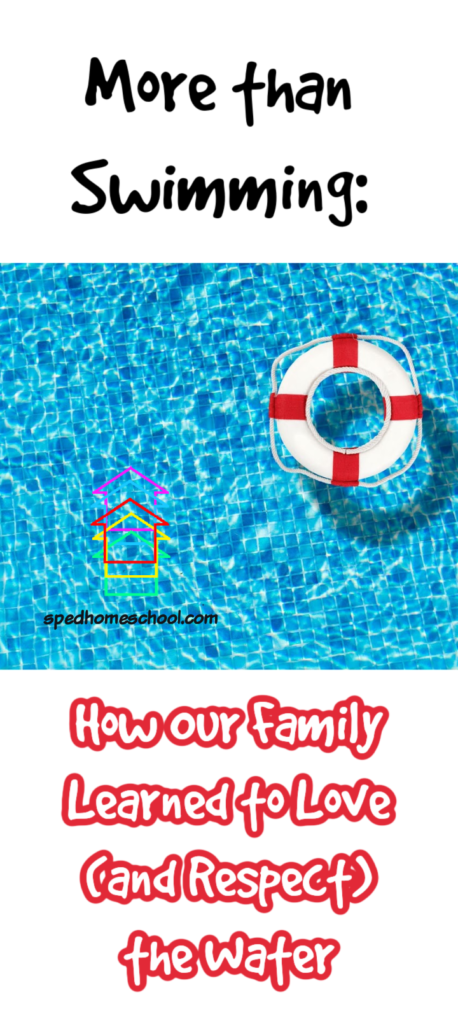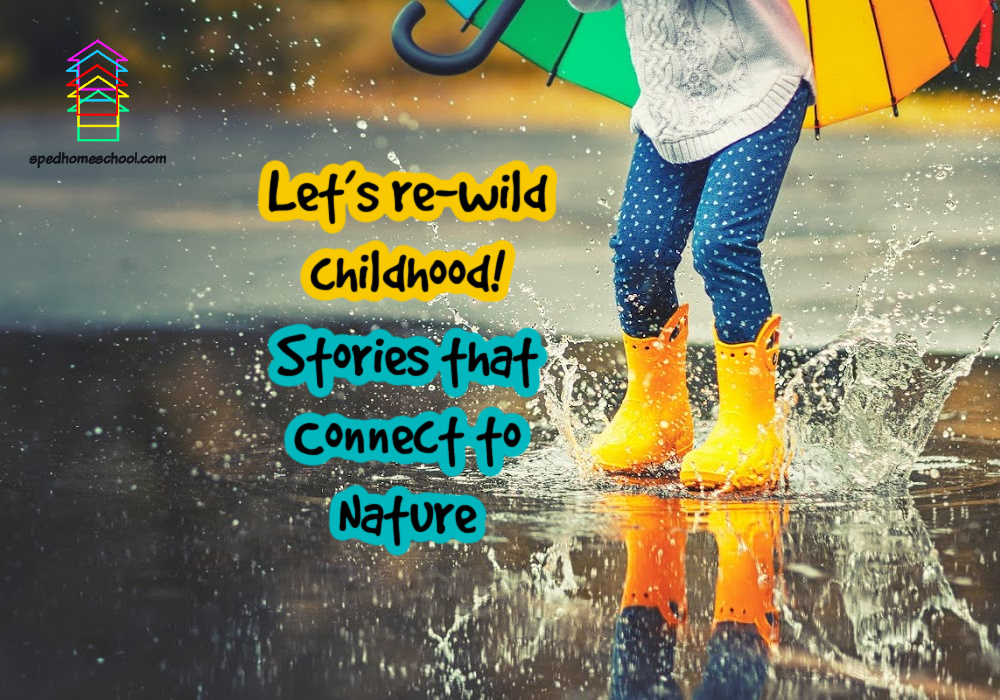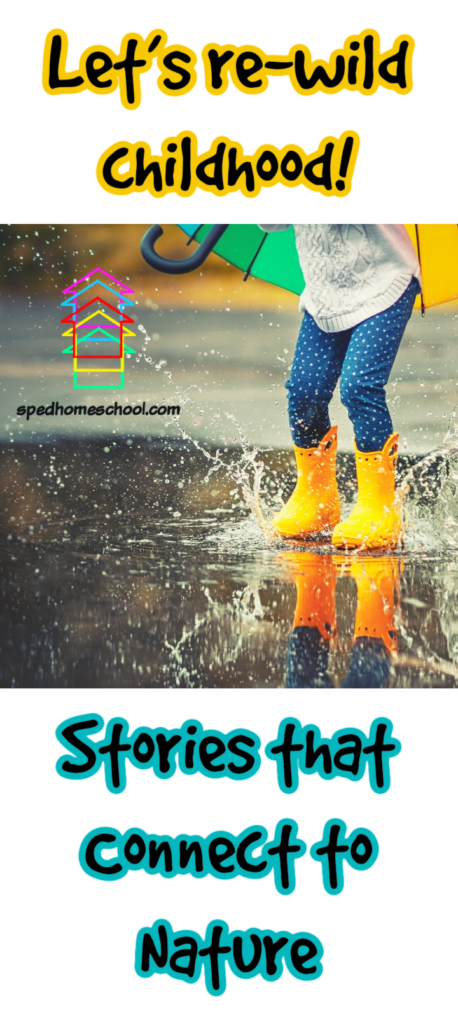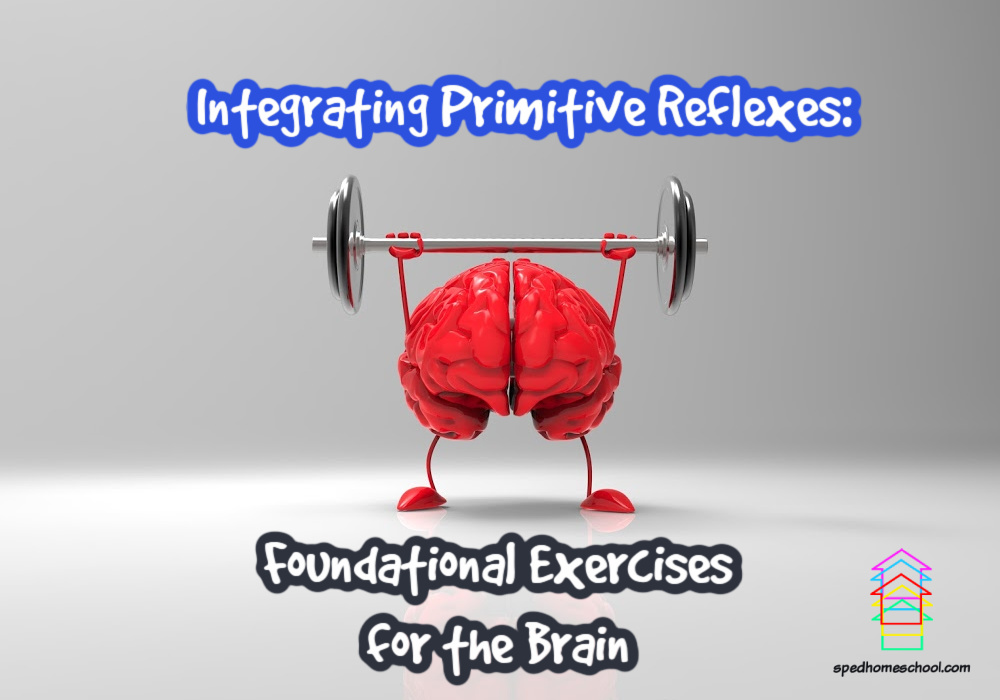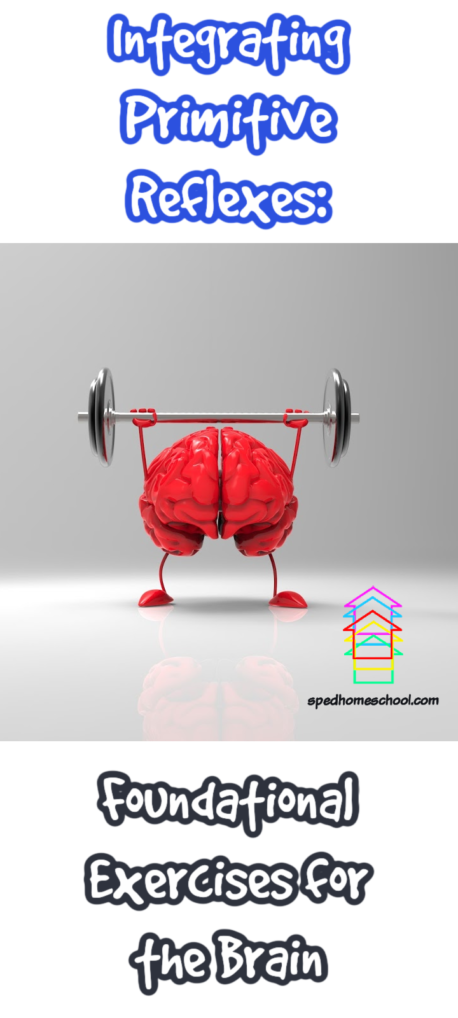Many times as a parent, I have made up stories with my children. Invariably, all of mine have been about animals. We help them, or they start talking to us and magically allow us to enter their world. The best stories are the ones that have the power to connect with our emotions – and those are the ones we tend to remember. I believe there is something magical in the process of storytelling, especially for children. If you choose a wonderful topic that piques their curiosity, a child will literally lean in closer to listen more intently to your every word and, right there at that moment, you have the potential to change the world!
Storytelling has the power to communicate, engage, and connect people. Every culture has its own stories that are entertainment, education, and cultural preservation. Many of our myths, fables, and the fairy-tales we know today once began as a humble story that has been passed down through generations and retold countless times. With our imaginations, stories can be fact or fiction, and sometimes the two can collide.
When we at Tales from Mother Earth formed our collective conservation venture, we were in no doubt of the power of storytelling and the fact that it would play a huge part in our concept and vision. Right from our initial discussions, we wanted our stories narrated by Mother Earth and every story had to have a conservation message in it, complete with bulleted action points for the reader to follow and implement. We wanted our stories to be realistic, reach children’s hearts, and share the wonders and vulnerabilities of nature. Our mission was to reconnect children with nature and empower them to help the animal or insect we featured in our story, thus cementing their own special relationship with the wild through their experience.
When we connect with nature, there is a multitude of benefits for us both physically and mentally. For children, these benefits increase even further as their levels of confidence, creativity, well-being, curiosity, and happiness rise dramatically. Through engaging with nature and exploring the environment with our senses, a life-long love of learning can be sparked into action and amazing things can develop.
Sadly, children throughout the world seem to be experiencing a great disconnect with nature. The research suggests that each generation is having less contact with the outdoors than the preceding one. Professor Michael Reiss (UCL Institute of Education) believes that “We owe it to all young people to reverse this trend – for their sakes, for our sakes and for nature’s sake.”
Jane Goodall, the renowned primatologist and ecological activist also touched on this in a recent interview for The Observer, January 2021, where she stated that in her opinion, ‘Children today have less time for that because they are fascinated by iPhones, laptops and video games. Also, many more children grow up in cities, surrounded by concrete. The important thing is to get them into nature – the younger the better.’
Thinking of my own experiences with my children, it’s true that fascination with technology is a constant battle, but I believe there has to be a balanced approach to this, where you can make time for both pursuits. Today, children seem to be growing up very fast. Childhood, and the innocence that comes with it, is only there for a short period of time. It’s within that brief window of early years development where we hope to engage a child’s imagination and wonder with our storytelling – reconnecting them with nature.
Simply put, we believe that if children can experience nature and open their eyes and learn about the beauty and abundance that is just outside, they will love and appreciate it more. Then, they will also want to protect what they cherish. We also believe that once the connection is made, it would be very hard to break. So, it’s our mission to ‘re-wild’ children.
For us as parents and guardians, we can also become involved in the action. We can show our children and lead by example. By doing so, we can also feel empowered as we help and assist our wildlife that is in trouble and clearly needs our help. Perhaps through the experience of witnessing a child’s wonder of the natural world, we as adults can renew our relationship with it and learn to love and appreciate it even more.
At TfME, we are aiming to perpetuate more of these moments for children and adults alike. Through stories that highlight the plight of our wildlife, we aim to ignite the conservationist in all of us – especially children.
Phoebe the Bee is the first story in the ‘Tales from the Countryside’ series that aims to raise awareness among the young about the current threats our wildlife face from erosion of natural habitat, climate change, and plastic pollution. Told from Mother Earth’s viewpoint and narrated by her on the CD, this is an educational tale about a worker bee whose courage and determination help save the hive when her natural environment is threatened. We share a fictional tale about a real issue as bees are in steep decline across the world. It’s about reconnecting and empowering children with the natural world in a positive way. By providing guidance and conservation action tips, we encourage readers to get involved and help the featured animal or insect directly. Also, we’ve added many different age-related stimuli to the contents so that over time as a child’s understanding and abilities grow, their engagement is maintained with a fun, interactive, and rewarding experience.
At Tales from Mother Earth, we believe that, through collaborations with like-minded individuals and organizations, lasting change can occur that can benefit everyone. We are working hard to re-wild children through storytelling as a means of educating the next generation. While being on this journey, I have the privilege to chat with many professionals in the areas of conservation and psychology. Time and time again, I’m reminded that we must reach the children in order to change the future.
I believe there has never been a more important time to connect children with nature than right now. In these troubled times, we need to re-wild childhood and give many children the opportunity to explore the outside.
Some people say that ‘happiness is seeing a bee on the flower you planted’, but that for a child is momentous – and that is the connection we are aiming to create. By doing this, we hope to reach out to many more youngsters so they too can experience hours of fun, reading, listening, and engaging with Phoebe’s story, while learning how to help our bees!
Every storybook we create will allow the readers to be involved and help the character in the tale. We want children to understand and appreciate that one person really can make a difference. By taking simple steps in conservation to help wildlife, their re-wilding journey can begin.


